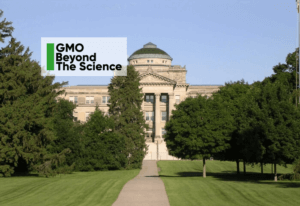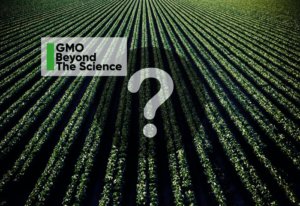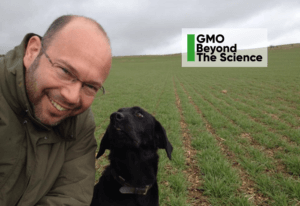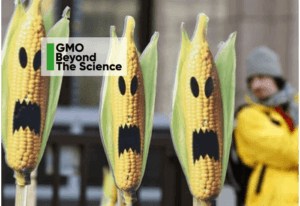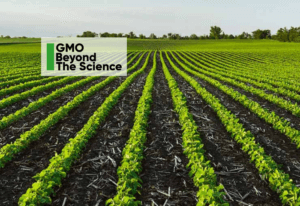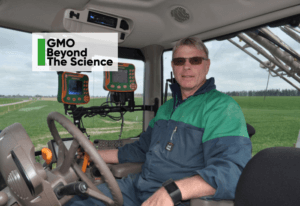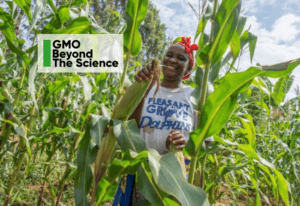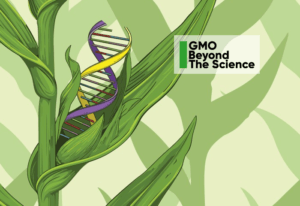


Kenyan Farmer: On Cusp of a Biotech Revolution, Africa Faces Resistance from Europe and Anti-GMO Activists
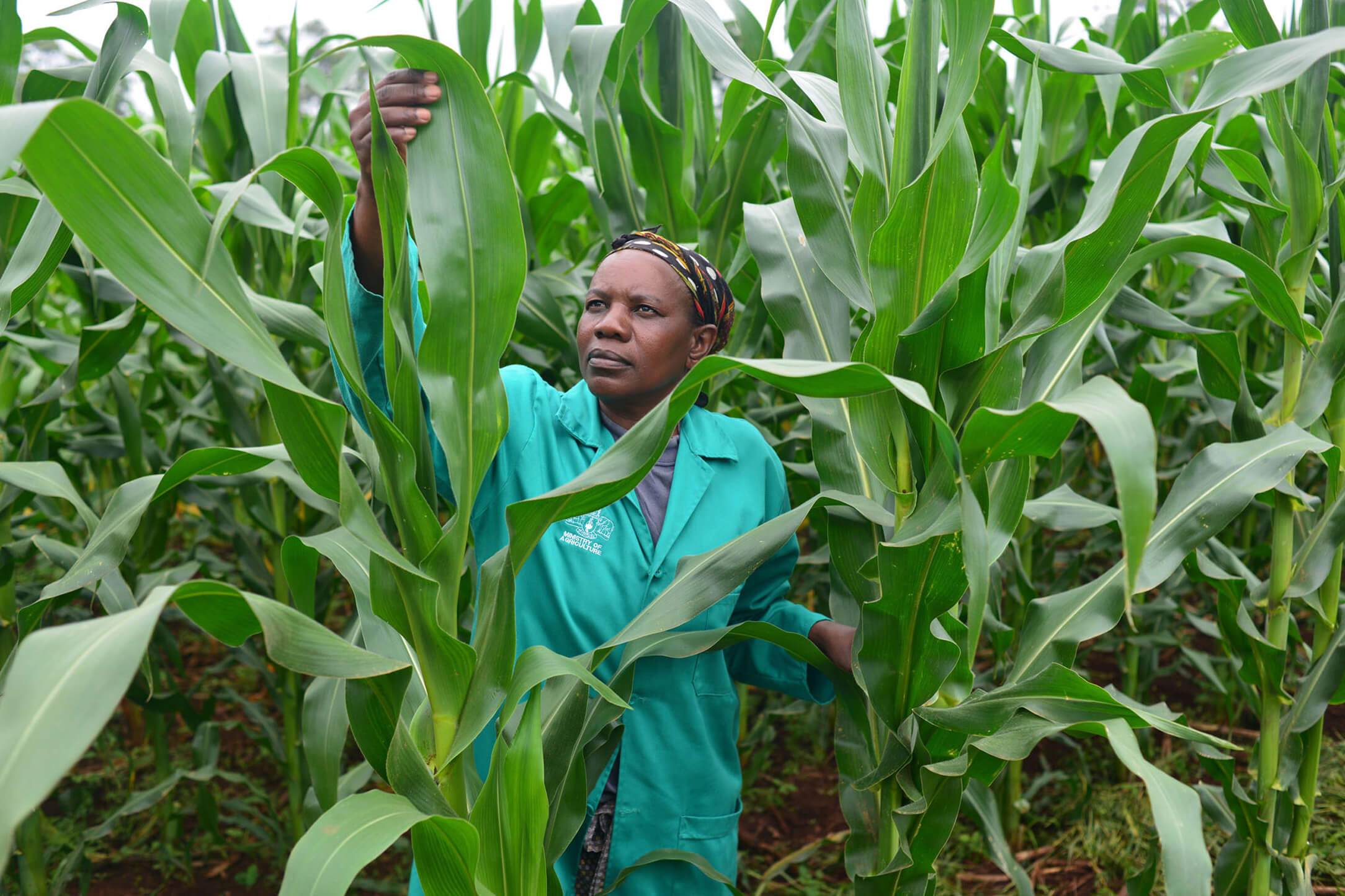
- Kenya and much of Africa have been denied the tools of modern crop technology available in more industrialized countries mostly because of political opposition, often linked to European activists
- GMOs developed or in the pipeline to contain diseases like armyworm and climate change related challenges such as drought and flooding, but are stalled
- For Africa to fulfill its potential, feed its fast-growing populations, and perhaps even emerge as a global bread basket, crop biotechnology is essential
Farmers have good years and bad years. Here in Kenya, however, the good years never seemed quite as good as they could have been and the bad years have felt worse than necessary.
Why?
It’s because we can’t take advantage of tools that farmers in much of the developed world take for granted: genetically engineered crops, often referred to as GMOs. In many countries, they’ve transformed farming, helping farmers contend with weeds, pests and drought. In my country, Kenya, we’re still languishing in the 20thcentury, waiting for the arrival of this 21st-century technology.
We may in fact be on the brink of embracing innovative technology for agriculture, but the long and winding road to this welcome destination has been full of frustration and false starts. We’ve been at it for an entire generation. Africa already faces plenty of problems: poverty, climate change, a poor infrastructure, political instability, corruption and more. So the failure of Kenya and most other African nations to take up GMOs is especially painful because this problem is almost entirely self-imposed.
Like 80 percent of Kenya’s farmers, I’m a small-scale producer. My farm is near the city of Eldoret in Uasin Gishu County in the North Rift part of the country, I grow maize on five of my 25 acres. Another three acres are improved pasture. Vegetables, trees, free-range grazing, livestock barns, and homestead take up the rest of my farm.
I enjoy farming because it contributes to my family’s nutritional and economic security. Throughout the year, we can take carbohydrates, protein and vitamins from our own land. We also sell a portion of our crops as well as milk and eggs from our livestock. This is not my only job, but it’s a big part of my life. Farming provides me with a sense of satisfaction that few other professions can match.

Farming also poses challenges. That was especially true in 2017, the year when everything went wrong. First, after planting in the final week of March, a dry spell struck our region. My crops failed to germinate. I had to replant in the middle of April. Yet our troubles persisted, and extended into 2018 Experts say that Kenya suffered its worst drought in six decades. It was certainly the worst of my lifetime.
Next came the pests. The armyworms—moth larvae that attack with military ferocity—feasted on my maize throughout the summer. I tried to control these bugs with insecticides supplied by my county government, but the numbers of armyworms overwhelmed me. Because of their relentless assault, I lost more than half of my crop. This was a national infestation: Reports are that the armyworms destroyed more than 200,000 acres of crops.
So 2017 already was a very bad year for farming. Then things went from bad to worse. In September and October, pounding rains washed out more of my crops. At harvest time, almost nothing was left—and what little was left was badly damaged.
When Kenya’s breadbasket doesn’t produce, people go hungry. They hurt in other ways as well. I’m convinced that my country’s recent turmoil, including corruption and cartels that frustrated farmers’ marketing efforts will in due course undermine our food insecurity situation.
President Kenyatta’s Big 4 Agenda has food security as one of its four pillars. Under this pillar, the government envisions a gradual increase in the acreage under maize, the country’s staple food. The plan looks towards increases in annual crop harvested between now and 2022 to meet the demand from a rising population.
Did things have to be this way?
I won’t claim that innovative crop technology tools would have prevented the catastrophe of 2017. I doubt that technology ever will trump Mother Nature. But now, we are in the middle of the 2018 production season and the notorious armyworm is back with a vengeance. Acres upon acres of maize plantations have again been devastated.
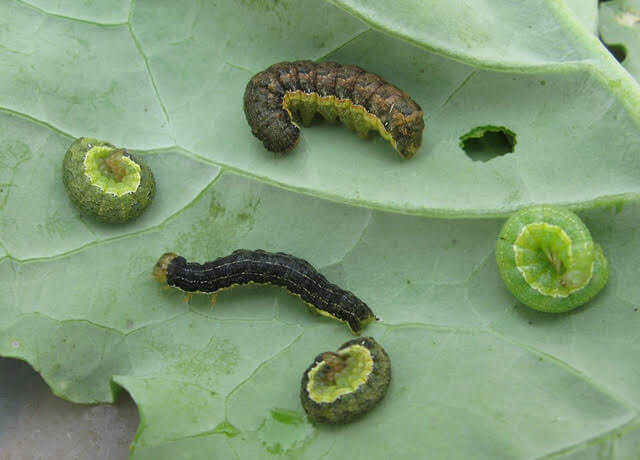
Yet GMOs might have made things a little better on my farm and for my country, and could yet in the future. If Kenya had adopted GMO technologies when so much of the rest of the world was taking them up, we probably could have cut our losses. Crops with drought-resistant traits might have survived the dry spell in the spring. And crops with pest resistance might yet beat back the summer armyworms. Crops with flood resistance might have survived the drenching rains in the fall.
But we may never know because we haven’t tried, in large measure because of resistance from anti-GMO advocacy groups which have greatly influenced politicians who have the final say in such matters.
There’s a flip side to this as well: GMOs not only have the potential to make bad years a little less terrible, but also the power to turn good years into great ones, especially as we grapple with climate change and other problems.
Around the globe, farmers know this. They’ve planted billions of acres of GMO seeds and harvested billions of acres of GMO crops. For them, this technology is nothing special. It’s recognized as conventional agriculture on their farms. They have learned from first-hand experience that these crops are worth the effort.
Unfortunately, the same can’t be said for Africa. Among the 46 sub-Saharan nations, only three permit GMO crops: Burkina Faso, South Africa, and Sudan. This is a dismally small number.
Europe deserves some of the blame. Because Africa exports so many farm products to Europe, our governments have allowed European resistance to GMOs to dictate our own planting policies. For Europe, of course, GMO resistance is a luxury it can afford. Its wealthy nations might benefit from GMOs and the new gene-editing technology that will soon be here, but they don’t need them the way Africa needs them. Europeans might pay a little more than they must for their next meal, but at least they’ll eat. They don’t know food insecurity the way Africans know food insecurity.

But pointing a finger at Europe is not enough. Anti-GMO sentiment in Africa, often based on scientific illiteracy, had led to obscene choices. Much of the resistance traces to lobbying by anti-GMO advocacy groups, most with deep European connections. Zimbabwe and Zambia, pressured by anti-biotech NGOs, for example, refused to accept famine relief in the form of food that contains GMO ingredients. This ban on GMO imports sends an ugly message: Better dead than fed.
Much of the world sees Africa as backward—the home of the least developed countries on the planet. Global food production over the last couple of decades has increased, thanks in large part to innovative crop technology in the hands of many of the world’s farmers. In Africa, however, food production actually has declined.
Our countries should be breadbaskets. Instead, we look like basket cases.
The good news is that many African governments, including Kenya’s, are moving in the right direction, often pushed by farmers. They’re allowing field trials of Bt maize and cotton, with an eye toward permitting their commercialization in the next few years. If the trials go well, we could be able to access GMO cotton as soon as 2019 if not 2020, with maize soon to follow and hopefully, GMO cassava and bananas as well.
These innovations can’t arrive soon enough. We needed them a generation ago, a decade ago, and last year. If we must, we’ll wait a little longer. Yet with each new delay, African agriculture falls a little further behind.
It’s time for our continent to catch up, get off the brink, and accept the world’s best technologies for the sake of its farmers and consumers, and embrace a better future for everybody.

Gilbert arap Bor grows corn (maize), vegetables and dairy cows on a small-scale farm of 25 acres in Kapseret, near Eldoret, Kenya. He also lectures at the Catholic University of Eastern Africa, Eldoret campus. Dr. Bor is the 2011 Kleckner Award recipient and a member of the Global Farmer Network.
Global Farmer Network (GFN) is a non-profit advocacy group led by farmers from around the world who support free trade and farmers’ freedom to choose the tools, technologies and strategies they need to maximize productivity and profitability in a sustainable manner. Established in 2000, the Global Farmer Network is committed to inserting the worlds farmers voice in the global dialogue regarding food and nutritional security. The Global Farmer Network identifies, engages and supports strong farmer leaders from around the world who can work with others to innovate, encourage and lead as full stakeholders in the work that is being done to fill the world’s food and nutrition security gap in a sustainable manner.
The Genetic Literacy Project is a 501(c)(3) non profit dedicated to helping the public, journalists, policy makers and scientists better communicate the advances and ethical and technological challenges ushered in by the biotechnology and genetics revolution addressing both human genetics and food and farming. We are one of two websites overseen by the Science Literacy Project; our sister site, the Epigenetics Literacy Project, addresses the challenges surrounding emerging data-rich technologies.

